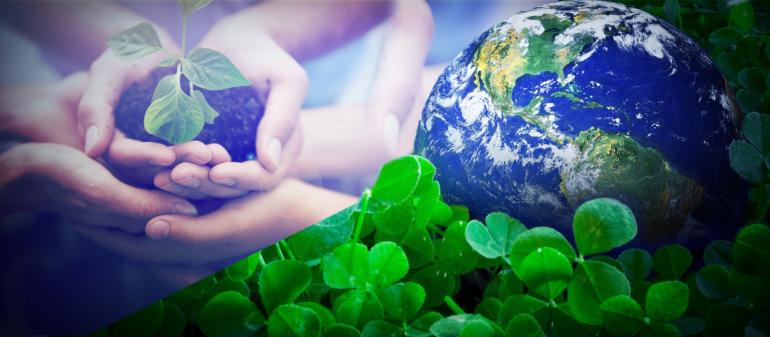The numbers are alarming. In mid-May, thermometers hit 29 degrees Celsius in northwestern Russia, near the Arctic Ocean, where the average high temperature that time of year is only 12 degrees Celsius.
Around the same time, scientists measured the concentration of carbon dioxide in the atmosphere at 415 parts per million – the highest level recorded in human history – and a rise of nearly 50 percent just since the Industrial Revolution.
A report released by the United Nations warns that unless humans make transformative changes in behavior, a million species could face extinction, as CGTN’s Jim Spellman explains.
Follow Jim Spellman on Twitter @jimspellmanTV
To discuss:
- Kate Brauman is the lead scientist for the Global Water Initiative and Coordinating Lead author of the UN report.
- Jonathan Bamber is a professor of glaciology at the University of Bristol.
- Arunabha Ghosh is the CEO of the Council on Energy, Environment and Water.
- Dave Gardner is the executive director of the World Population Balance.
For more:
Nature is in more trouble now than at any other time in human history and extinction is looming over 1 million species of plants and animals, UN report warns https://t.co/JvhpDxpQnF via @TicToc pic.twitter.com/nsWCIui0hz
— Bloomberg (@business) May 12, 2019
Trump admin to end protections for endangered species after UN report finds earth in midst of "mass extinction" event https://t.co/0Mee1k3Z52
— Newsweek (@Newsweek) May 16, 2019
 CGTN America
CGTN America

